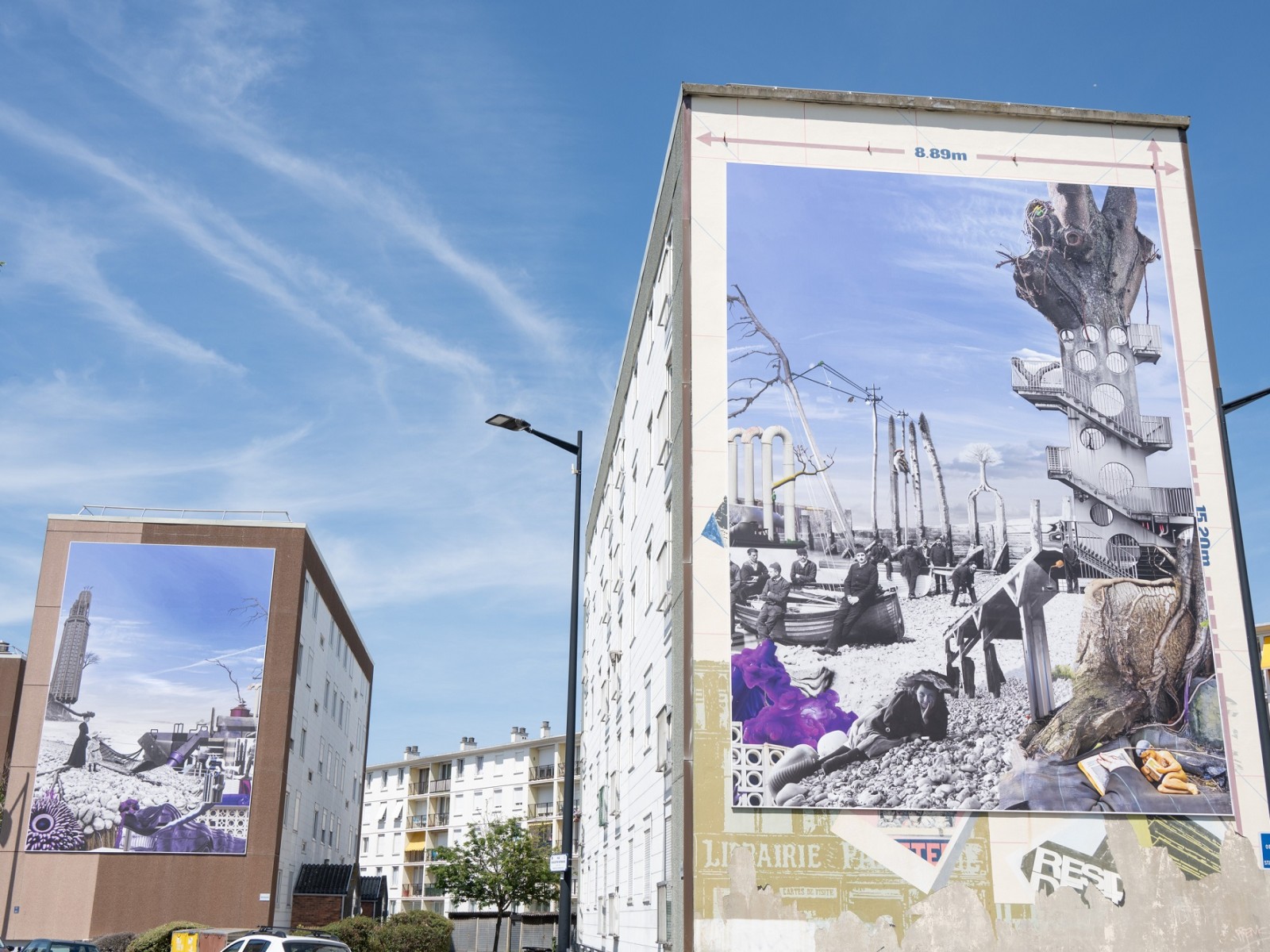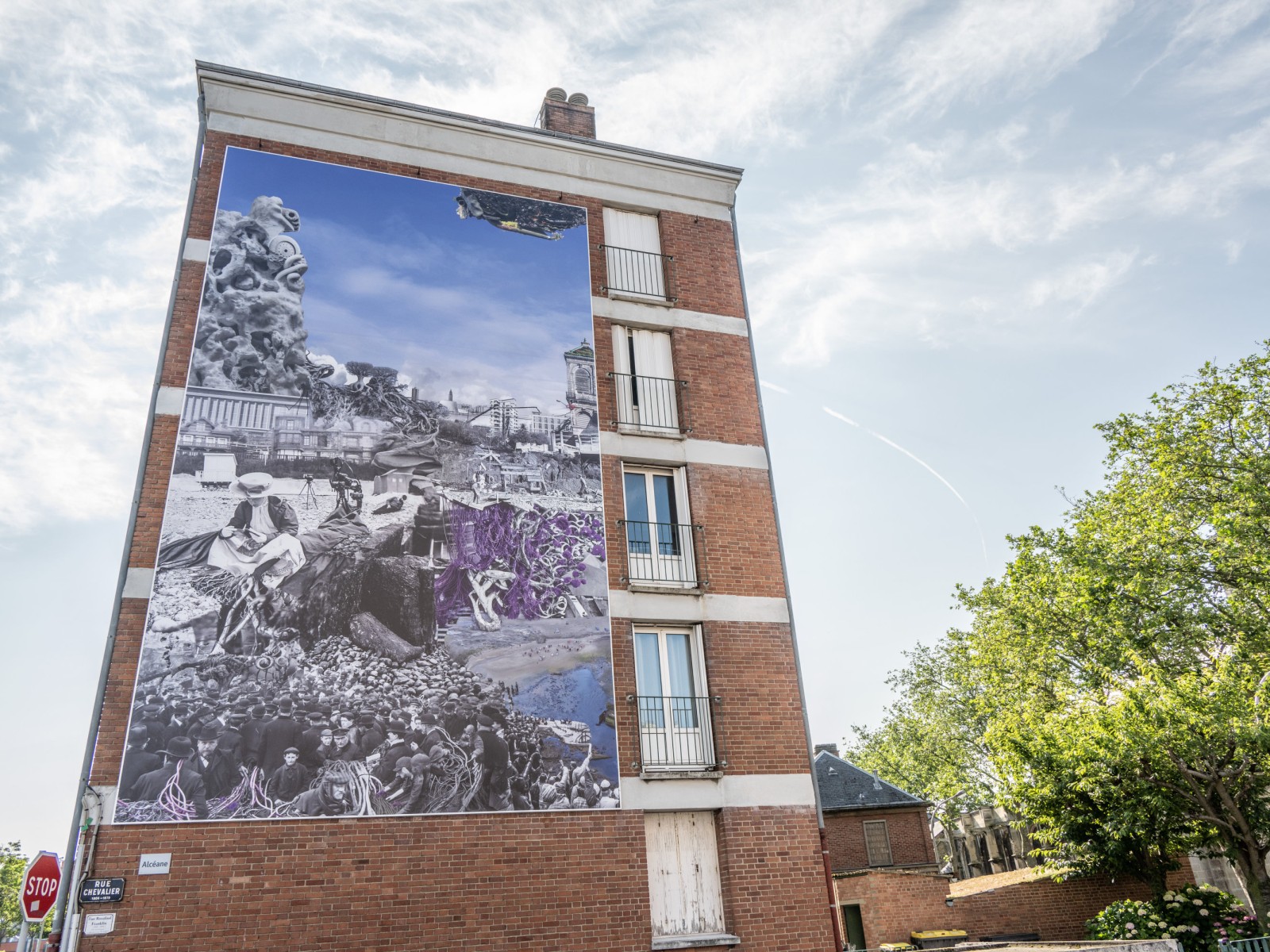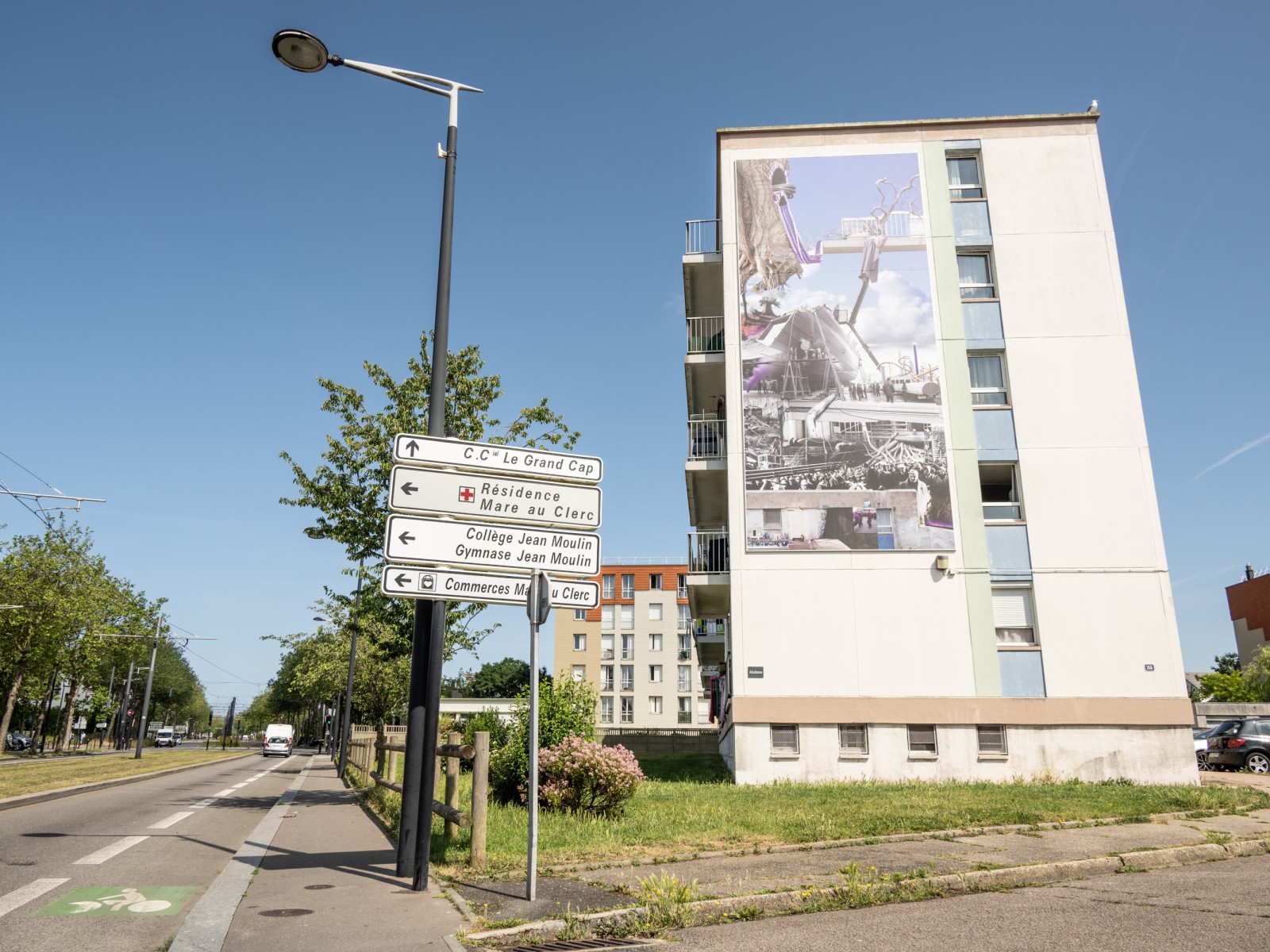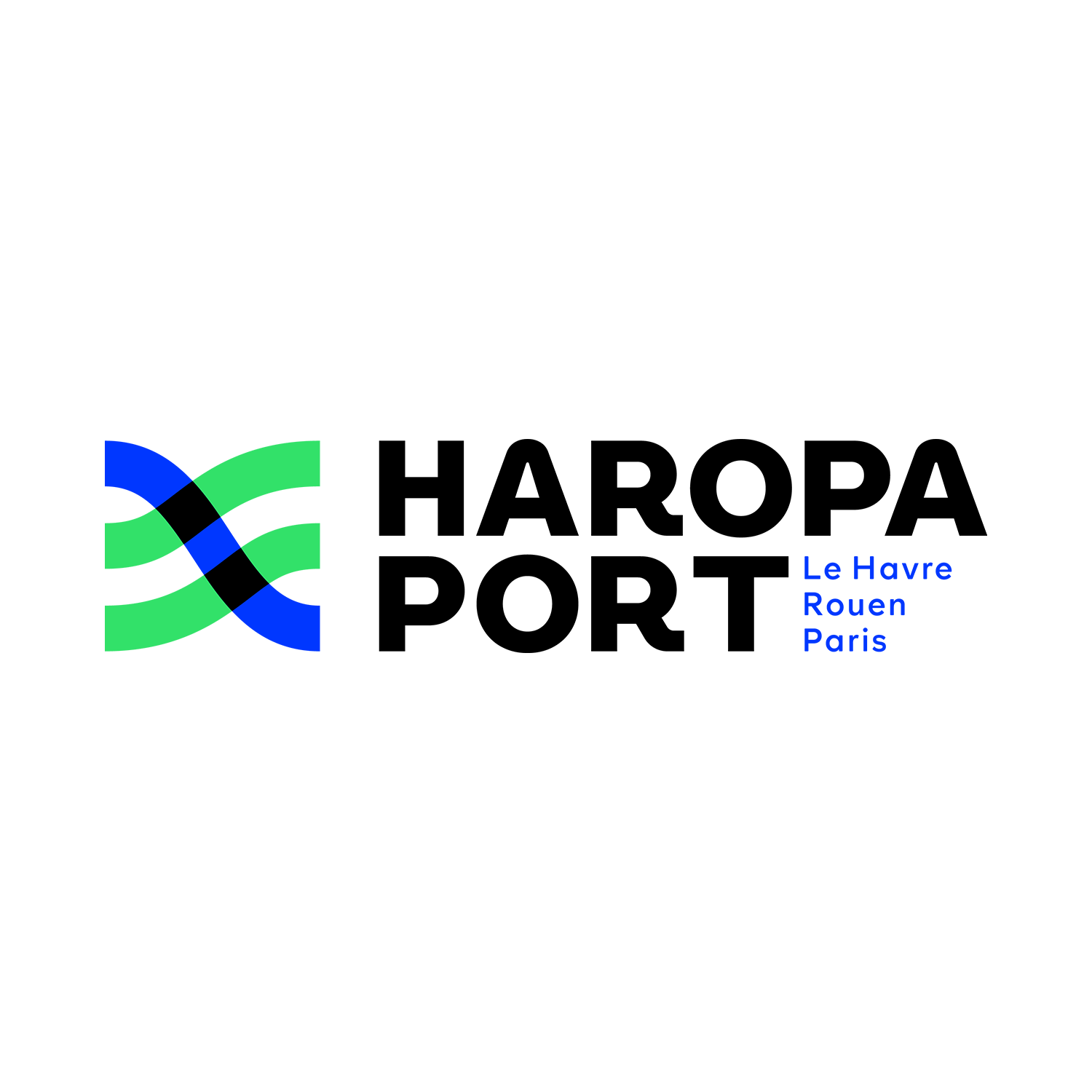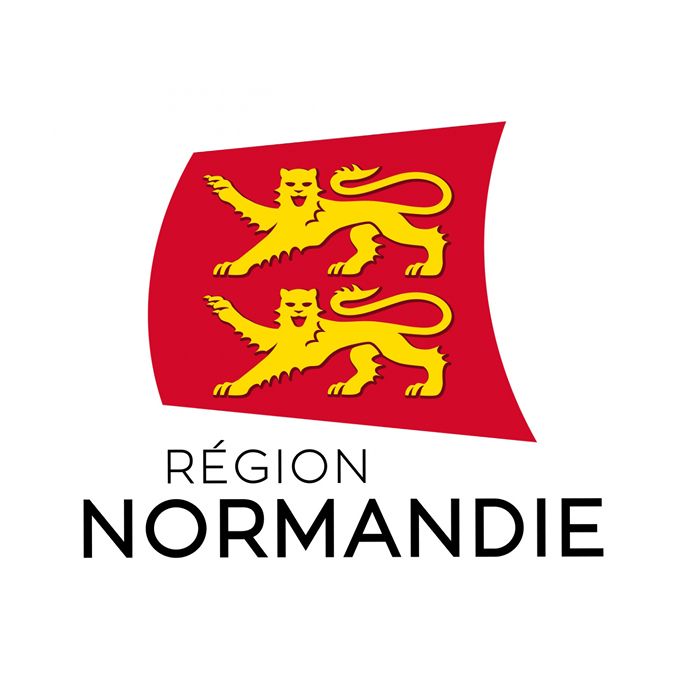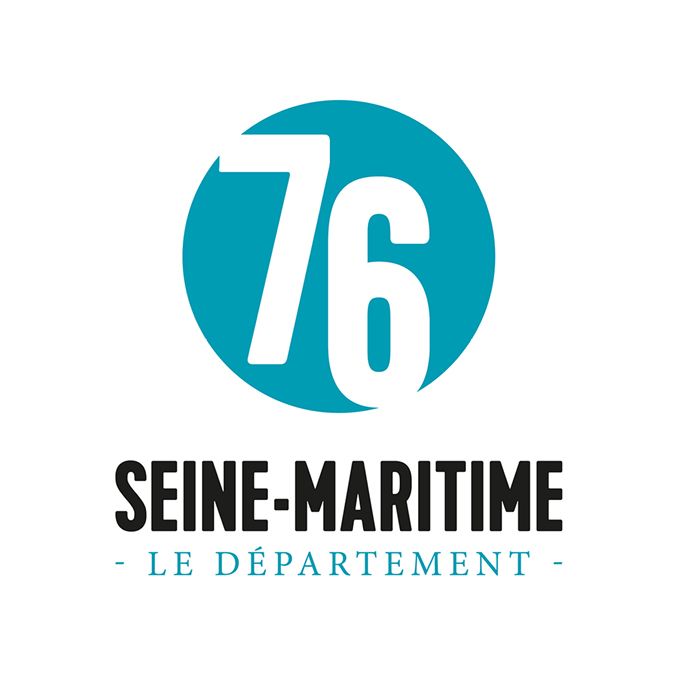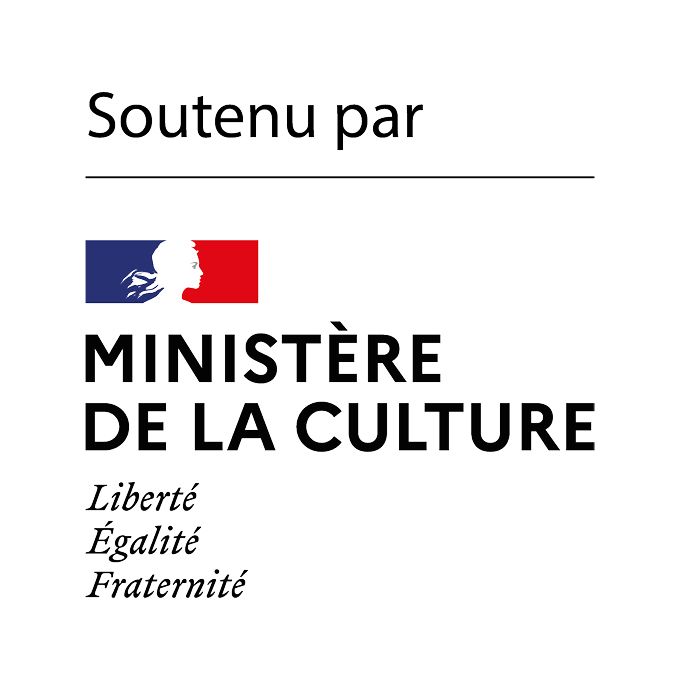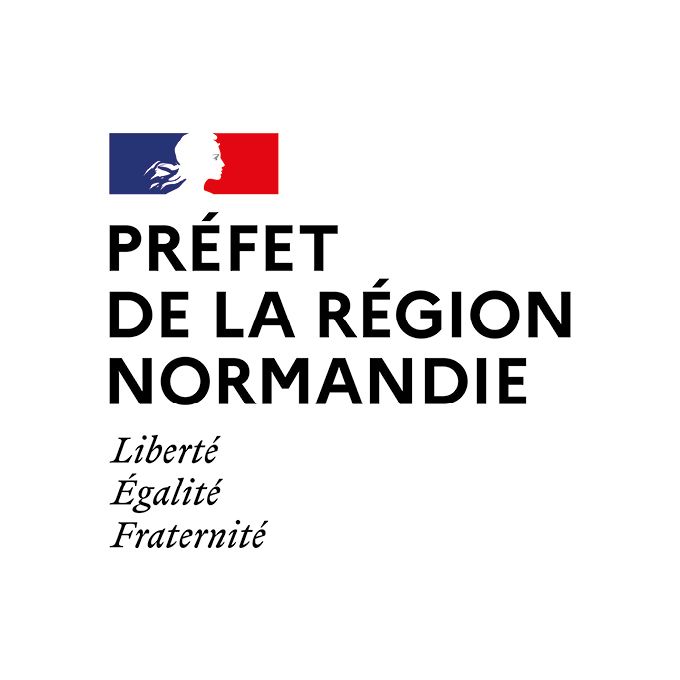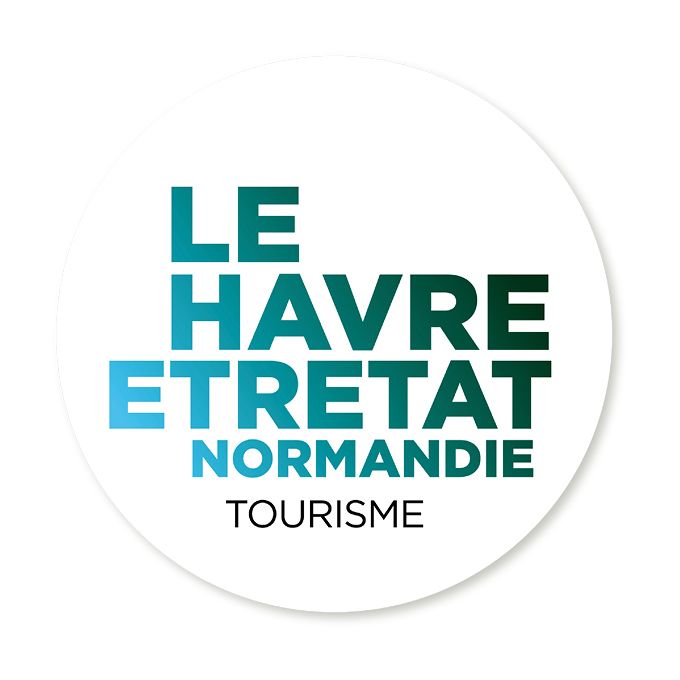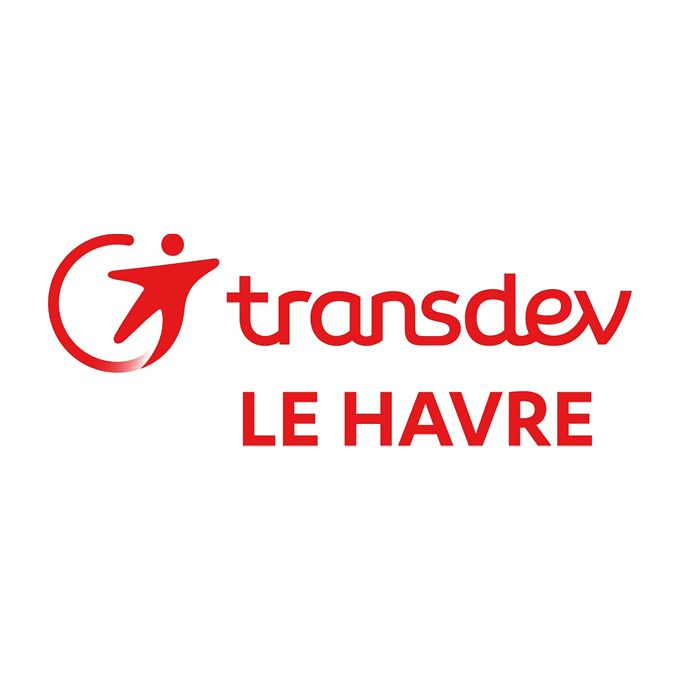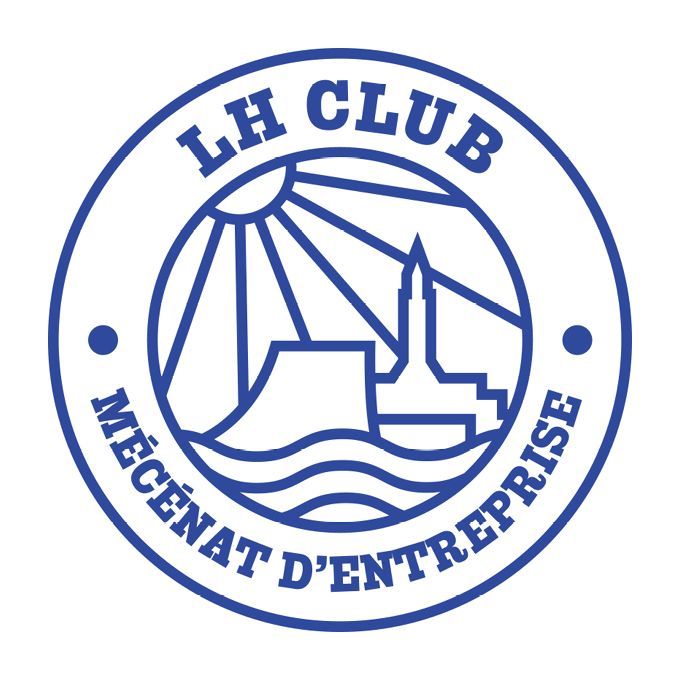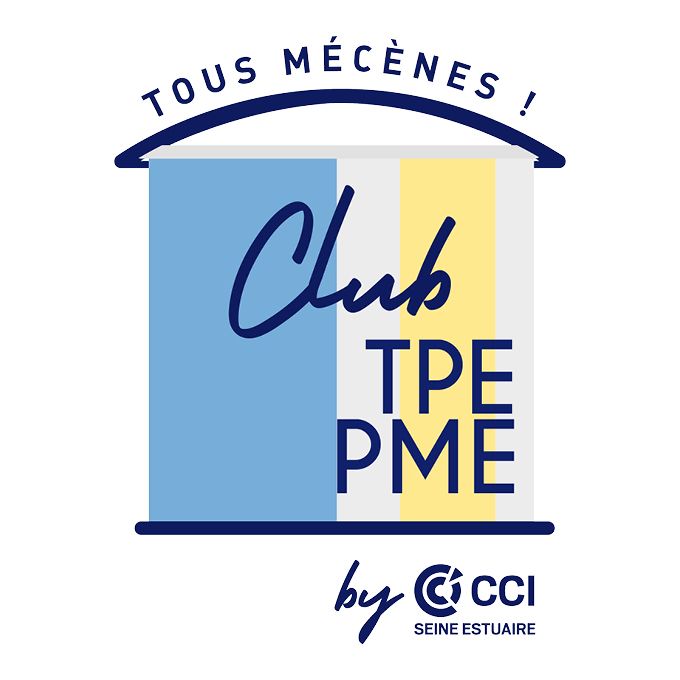LA VILLE QUIN’EXISTAITPAS – EPISODE1 : L’ESPACELATENT
Grégory Chatonsky
Rue Auguste Constant Guerrier
Les espaces latents is the first episode of the La ville qui n’existait pas triptych, a utopia imagined by Grégory Chatonsky.
- 25 giant digital prints scattered across different gable ends of buildings in the city's various districts
- 25,000 unique postcards distributed to the audience of Un Été Au Havre
Le Havre was destroyed in September 1944, then systematically rebuilt between 1945 and 1964 by Auguste Perret. These events have created the city's paradoxical identity, from an incomplete, covered and sedimented history. Under the ground, vestiges and forgotten memories undoubtedly lie – an absence that has left its mark. History is the product of this incessant journey between destruction and reconstruction, memory and oblivion.
Les espaces latents is the first episode of the La ville qui n’existait pas triptych, a utopia imagined by Grégory Chatonsky. Thanks to artificial intelligence fuelled by the city's photographic archives, the artist has created images of a city that strangely resembles Le Havre. In it, we find places, characters and buildings, but in alternative versions. These images tell us the story of a slightly different world, as if reality itself had undergone a slight inclination and taken on a completely different path from the one we know.
On 25 walls of the buildings of social landlord Alcéane, frescoes from photographic archives – before the destruction of the city – reconstruct Baroque landscapes in which the infinitely small rubs shoulders with the immense, recounting another industrial revolution through this change of scale, in which nature and technology are not separated, in which roots and pipes mix and pollution and waste combine with landscapes, returning to the slow erosion of the Earth.
Distributed in different districts of Le Havre (Bléville, Les Neiges, Aplemont-Frileuse, Saint-François, Caucriauville, etc.), these frescoes address the inhabitants and mix the past history of the archives, the present of the documents and the future imagined by artificial intelligence, as though it were necessary to deconstruct and repair the existing in order to reopen the future. Each of these frescoes is a window to a "counterfactual" world, an imaginary city that revisits our history and tells us what it could have been and what it could be in the future if we had freed ourselves from the chains of causality.
In different administrative buildings, other photographs generated by artificial intelligence produce alternative and ruined versions of waiting and leisure places, adapting the famous Vue de la Grande Galerie du Louvre en ruine by Hubert Robert.
At the same time, the artist has sought to associate this work with a reflection on the rarity of the work of art and with a large audience by creating an infinite series of unique postcards representing the actions and habits of the inhabitants of this alternative Le Havre between the 50s and 70s, with the help of artificial intelligence. Another history is imagined: a people waiting on the shores for abstract forms that arrive on the waves, etc. By bringing them back to dry land, they place them at the centre of their sociality, reading, sleeping or dancing around these forms. From card to card, a narrative emerges that will form the basis of the second episode, in 2024.
Offering a true city-wide reflection on digital and the public space, Grégory Chatonsky will serve as Associate Artist of Un Été Au Havre for the next three seasons.
This project has been co-produced with the partnership of the largest social landlord of the Le Havre agglomeration, Alcéane.
